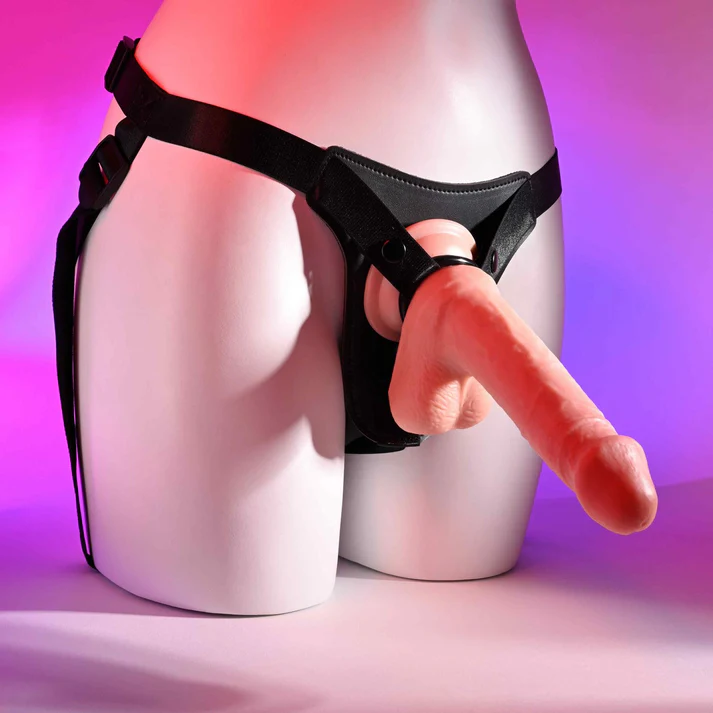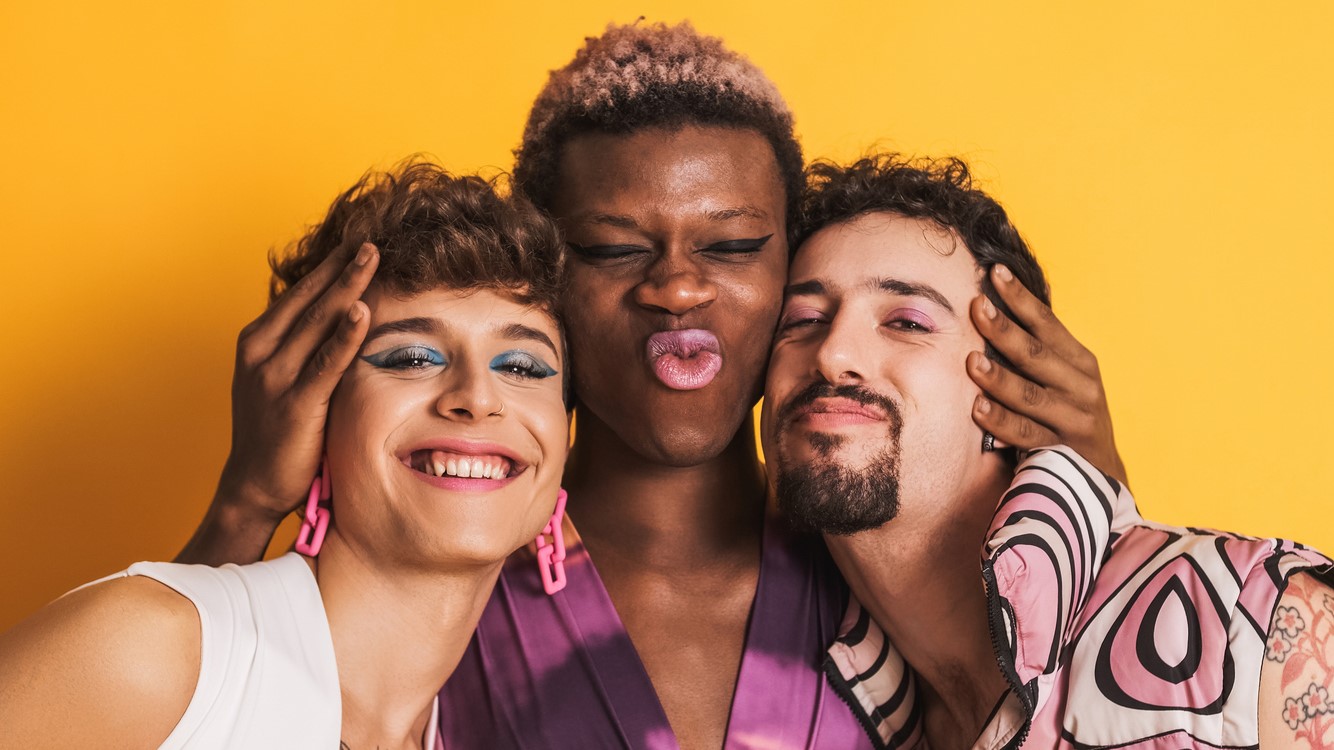From sex toys and dating apps to robots and virtual reality, sex tech is transforming how people meet, explore intimacy, and experience pleasure.
These innovations hold promise for people from all walks of life. Yet, research seldom captures the perspectives of trans and nonbinary individuals.
Hoping to change that, psychologists at the University of Milano-Bicocca undertook an unprecedented systematic review, published in Current Sexual Health Reports.
Their goal? To better understand how trans and nonbinary people use sexual technologies. By centering pleasure, agency, and real-life experiences, the researchers aim to spark inclusive and empowering dialogue around diverse sexualities and identities.
Why study trans and nonbinary folks’ use of sex tech?
Transgender and non-binary (TNB) people’s gender identity differs from their sex assigned at birth.
Gender identity refers to how someone personally experiences their gender. A person may thus identify as women, man both, neither, an entirely different gender, or no gender at all.
TNB individuals often face stigma, harassment, and, in many parts of the world, increasing threats to their rights. Many also deal with gender dysphoria, deep psychological distress caused by a mismatch between their body and gender identity.
Sex tech tools may help create safer spaces and more affirming ways to experience intimacy. That’s why A. Anzani, D. Rucco, and A. Prunas from the Department of Psychology, University of Milano-Bicocca, set out to review existing research on how TNB people use these technologies. They specifically investigated porn, dating apps, sex toys, robots, and virtual reality.
After searching two major databases, Google Scholar and PubMed, they found 19 peer peer-reviewed studies. Only six focused directly on TNB people; the remaining 13 provided insights that could be applied to this group.
Dating apps

While dating apps for trans and nonbinary users have entered the market, experiences using them vary widely.
Some users report they can offer safer spaces to explore identity, build relationships, and find emotional support. However, they can pose risks. TNB users also reported facing stereotypes, discrimination, microaggressions, fetishization, and verbal abuse on these apps.
In one study on LGBTQIA+ dating app use, a small group of nonbinary and gender-diverse users (N = 13) shared key challenges. Thirty-one percent cited a lack of authenticity, 23% experienced bias or harassment, and 15% struggled with quantity over quality.
Pornography
Trans and nonbinary people often appear in porn. In fact, the “Transgender” category on Pornhub grew 75% and became the 6th most viewed category in 2023.
One study explored how TNB people engage with porn as viewers. A survey of 212 TNB participants revealed mainstream porn often misrepresents their identities.
Many felt objectified or reduced to harmful stereotypes, and inaccurate or overly sexualized portrayals caused discomfort or dysphoria. Participants also criticized the dominance of straight, cisgender narratives as narrow and stigmatizing.
Still, some felt empowered seeing TNB bodies represented, especially those that challenge traditional norms, like male bodies with vulvas. Many appreciated queer porn for its more inclusive and potentially educational portrayals of diverse bodies and sexualities.
Sex toys

An Italian study found many trans and nonbinary people use sex toys, especially during intimate moments with partners. Popular choices included external and internal vibrators, as well as strap-ons.
For many, sex toys offered more than pleasure. They supported gender expression, eased body dysphoria, and made sexual experiences feel safer and more affirming. This suggest sex toys may support sex therapy, especially when someone is adjusting to changes from hormones or gender-affirming surgery.
Related Read: The Role of Sex Toys in Trans and Nonbinary Sexual Wellness
Masturbation also played a role in self-discovery, helping participants explore what feels good, set boundaries, and grow more comfortable with physical intimacy.
Participants also pointed out challenges. Many sex toys aren’t designed for nonconforming bodies, and the ones that are can be expensive or hard to find.
Sex dolls and sex robots
Most research on sex dolls centers on heterosexual men with feminine dolls. But one ethnographic study included two non-binary and one transgender participant. One non-binary person said they used a sex doll because finding a long-term partner with the right qualities was difficult.
Another study analyzed doll forums with some transgender and gender-fluid users but lacked details about their identities or motivations. No research was found that explored TNB users of sex robots.
Researchers suggest TNB people likely use dolls and robots for the same reasons as anyone else: sexual satisfaction, self-exploration, emotional comfort, and companionship. For those navigating gender transition or identity exploration, these tools may also offer a safer, more affirming alternative to intimacy, especially in the face of discrimination or social rejection.
Virtual reality
No studies have explored how trans and nonbinary people use virtual reality (VR) for sex. Still, the researchers see potential in VR as a private, controlled space where users can safely explore gender identity, sexual roles, and fantasies. Some platforms, for instance, offer customizable characters and scenarios that may support pleasure, connection, and self-discovery.
At the same time, ethical concerns remain. These include ensuring informed consent, protecting user privacy, and representing diverse gender identities with care. For TNB users, avoiding harmful stereotypes is especially critical.
Toward a more inclusive future of sex tech

Sex tech is evolving fast, but research hasn’t kept pace, especially when it comes to trans and nonbinary people.
This review is the first of its kind to examine how TNB individuals engage with dating apps, porn, sex toys, dolls, robots, and VR. Across these tools, some common themes emerged: the power of sex tech to support pleasure, self-discovery, and gender affirmation. Yet users still face stigma, limited options, and a lack of thoughtful design, accurate representation, and built-in safeguards.
Future research should dig deeper into TNB experiences and needs, while pushing for ethical, inclusive, and user-centered design. It must also take a sex-positive approach that respects TNB people as active participants in their own sexual lives—one centered around their pleasure, agency, and right to safer, affirming sexual experiences.



